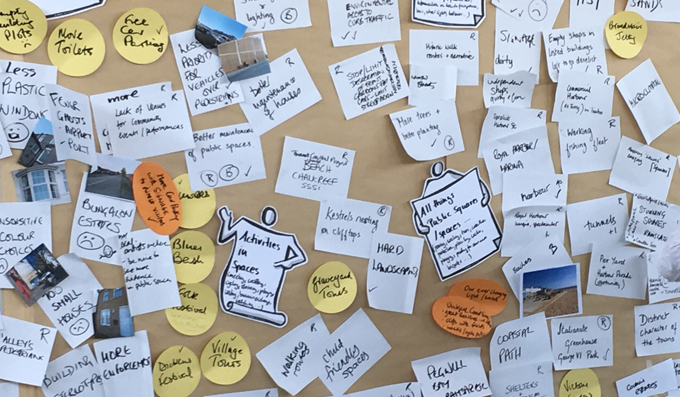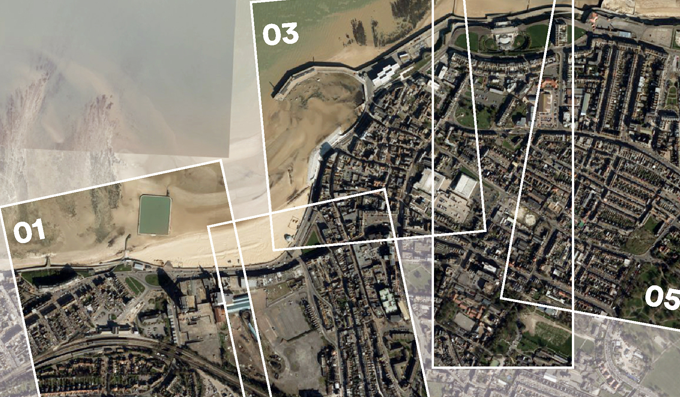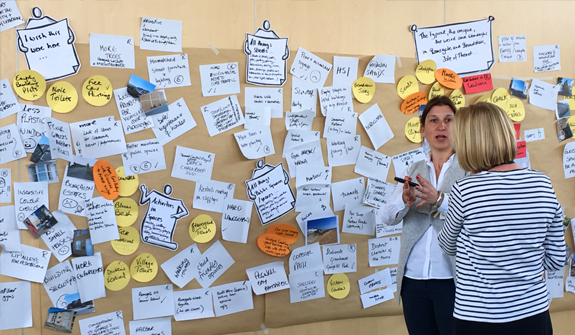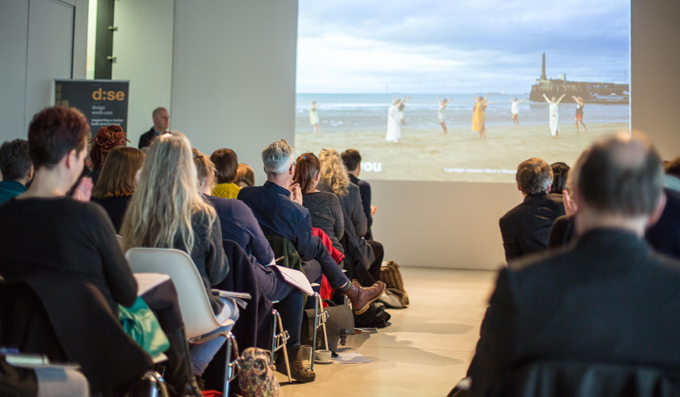The National Model Design Code calls for meaningful engagement with communities in the creation of Design Codes. How can we do this effectively with limited resources? This Kent Design Masterclass set out to answer that question through case studies and interactive sessions. We were joined by two experts, Laura Alvarez (Nottingham City Council) and Angela Koch (Imagine Places), who shared their lessons from creating community-led design codes and guides at a range of scales, followed by hands-on training in engagement techniques.
The main takeaways from the session are:
- Engaging with communities continuously throughout the design process is time consuming at first, but actually saves time later on as there is eventually greater buy-in and enforcement of the design code by the community
- Sometimes council officers can benefit from training to get the best result from engagement. In the case of Nottingham, officers were trained in soft skills like listening and conflict management
- It is important to test design codes and guides with all stakeholders prior to adoption to ensure they are working effectively
- Neighbourhood Plans are a good platform for design codes as they sit in an existing legal framework. Codes that are not legally binding risk being ignored or not enforced
- Using physical scaled models is a great way to get people engaged in designing and testing design codes. Angela uses this technique often in workshops to bring the topic to life and make it tangible.
- Online engagement can be extremely useful, quick and cheap if you ask the right questions. Using a free service like Google Forms can return valuable data in an instant
- Communities can engage with the analysis stage with a simple brief: Take photos of your local area that represent what makes it special, characterful, weird and wonderful. With a big enough sample size this can be a valuable tool in assessing what currently works well and is locally popular





